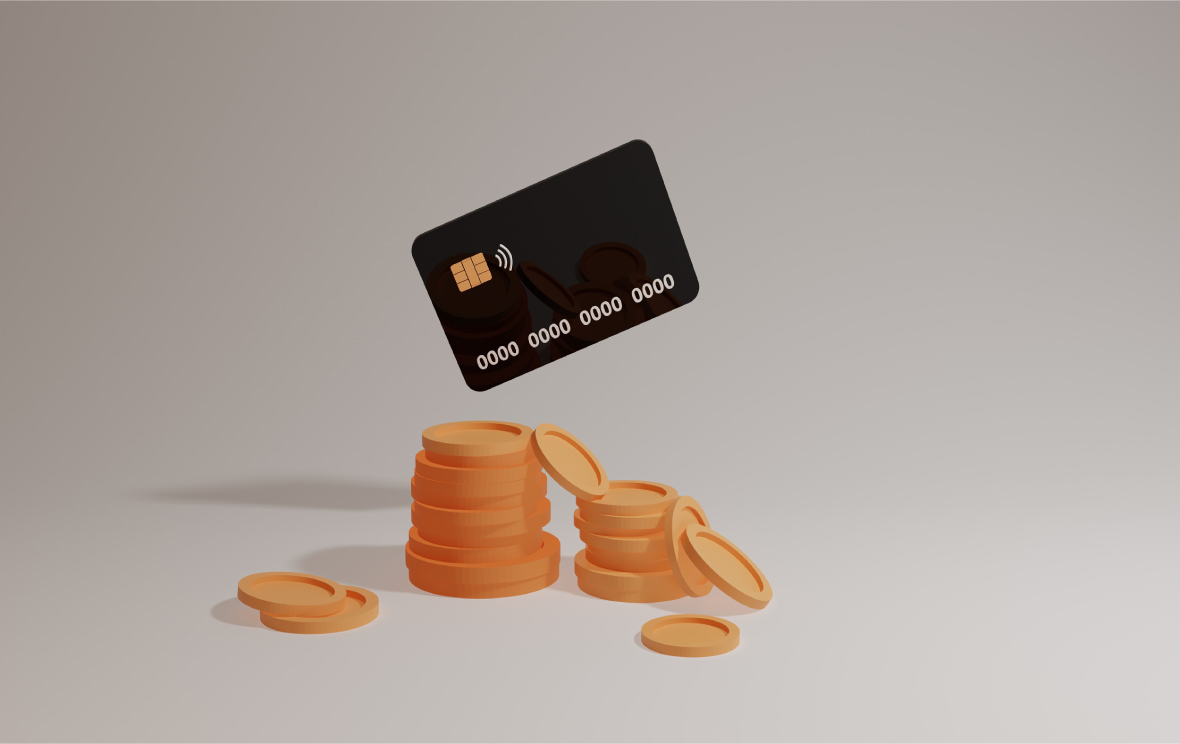6 Ways to Reduce Credit Card Chargebacks
With your merchant account in place, the online payments start flowing, and business is booming. But with this new way of collecting money comes a problem every business owner dreads: Credit Card Chargeback. Chargebacks occur when a customer disputes a transaction, and their bank returns the money to them, leaving you to fight for it. Not only do chargebacks impact your revenue, but they can also lead to hefty fees and damage your merchant account reputation. Chargebacks are more than just a financial nuisance—they can disrupt your cash flow and create unnecessary tension between you and your customers. Fortunately, there are several ways you can reduce chargebacks and maintain a healthy payment process.
Why Chargebacks Happen
Before we dive into the tips, it’s important to understand why chargebacks happen. Here are a few common reasons:
- Customer disputes: The most common reason for chargebacks is when a customer doesn’t recognize a charge or feels the product/service they received wasn’t as expected.
- Fraudulent transactions: If someone uses a stolen credit card or engages in fraud, the true cardholder may initiate a chargeback.
- Technical issues: Errors like double billing or incorrect charges can trigger chargebacks.
- Unclear policies: If your refund, return, or billing policies are not clear, customers may issue chargebacks when they feel confused or misled.
Now that we understand why chargebacks happen, let’s explore the actionable strategies to minimize them.
1. Make Your Business Name Recognizable
One of the most common reasons customers file a chargeback is because they don’t recognize the business name on their credit card statement. Imagine a customer purchasing a product from your site, only to later see an unfamiliar name appear on their statement. Confusion leads to disputes, and disputes lead to chargebacks.
Tip: Ensure that the name appearing on the customer’s statement is clearly connected to your product or brand. If your legal business name differs from your brand name, make sure customers know this upfront. You can clarify it on their purchase confirmation email or even on your checkout page.
2. Be Easy to Contact
A customer’s first instinct when they see a charge they don’t recognize is often to reach out. If you make it easy for them to contact you, they may reach out to you directly before initiating a chargeback with their bank. A simple phone call or email exchange can resolve most misunderstandings, saving you the hassle and expense of dealing with a chargeback.
Tip: Provide clear and accessible contact information, including a phone number and email address, on your website and in your emails. Respond promptly to inquiries to avoid escalating issues. This approach not only reduces chargebacks but also helps build trust with your customers.
3. Provide Detailed Product or Service Descriptions
Another common cause of chargebacks is when customers feel they didn’t receive what they paid for. Vague or incomplete product descriptions can lead to confusion, dissatisfaction, and ultimately chargebacks. A well-informed customer is less likely to dispute a charge if they know exactly what they are getting.
Tip: Ensure that your product or service descriptions are detailed, accurate, and easy to understand. Include images, videos, and comprehensive details of what the customer will receive. For example, list all the components included in a product or thoroughly describe the scope of the service provided.
4. Offer Hassle-Free Refunds
Sometimes, the best way to avoid a chargeback is to simply offer a refund. The chargeback system is designed to favor the customer, meaning you’re more likely to lose than win a chargeback dispute. Beyond losing the transaction amount, chargebacks also come with additional fees, damage your reputation, and hurt your merchant account standing.
Tip: Offer prompt and friendly refunds when customers are dissatisfied. While this may seem counterintuitive, a positive refund experience can turn a negative situation into a positive one, creating goodwill and avoiding the much larger cost of a chargeback.
5. Be Clear About Free Offers
If you offer a “free trial” that automatically rolls into a paid subscription without further notice, you’re almost guaranteed to receive chargebacks. Customers often forget about signing up for a free trial and are surprised when they see a charge. This leads to disputes, refunds, and chargebacks.
Tip: If you’re running a free trial or limited-time offer, communicate clearly when the trial period ends and when payments begin. Send reminder emails before charging customers and make cancellation easy to avoid confusion and frustration.
6. Don’t Overpromise, Credit Card Chargeback Can be Deadly
Customers hold businesses to their promises, and when they feel let down, chargebacks follow. For instance, if you promise significant results—such as “lose 20 pounds in 20 days”—you may face chargebacks from customers who didn’t achieve those results. Overpromising can backfire in a big way.
Tip: Only make guarantees you can confidently deliver. Being transparent and realistic in your advertising and product descriptions will lower customer dissatisfaction and reduce the likelihood of chargebacks.
Protect Your Business by Reducing Chargebacks
Enjoy the benefits of online payments, but be proactive in preventing credit card chargebacks. Monitoring customer reactions, offering clear communication, and implementing solid fraud prevention techniques can safeguard your business from unnecessary losses. By taking these steps, you’ll not only reduce chargebacks but also foster stronger relationships with your customers.
Working with a high-quality transaction processing company like AVP Solutions can provide you with the tools and support you need to make the most of your online payment system. From fraud detection to chargeback management, AVP Solutions is ready to help protect your business and improve your payment processing experience.








